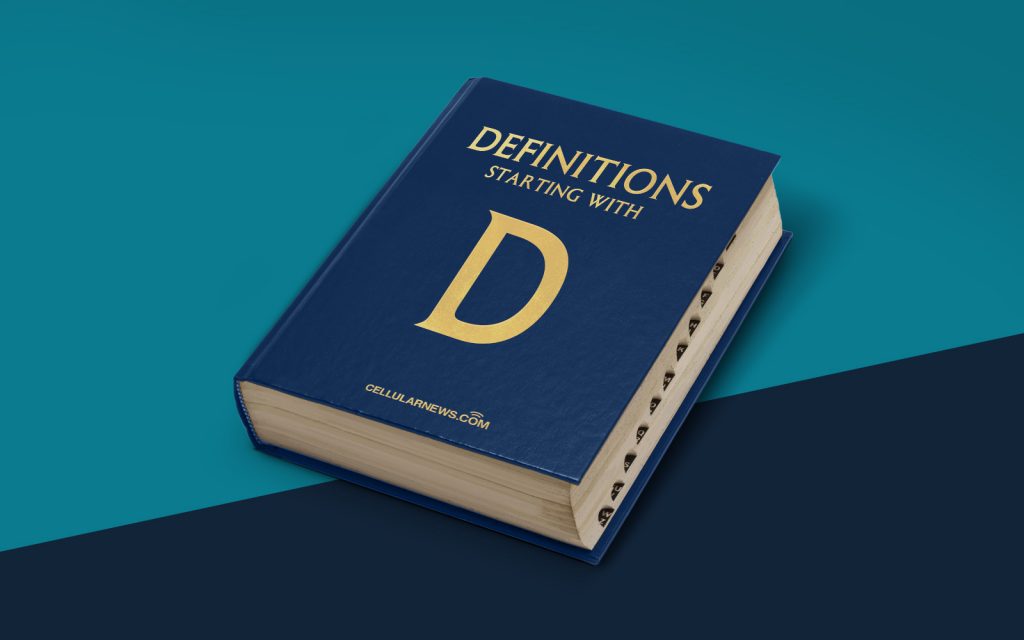
Understanding the Digital Loop Carrier (DLC)
Welcome to the “DEFINITIONS” category on our page. In this blog post, we will focus on explaining what a Digital Loop Carrier (DLC) is. If you’ve ever wondered how telecommunications companies transmit voice and data signals efficiently, then you’re in the right place. So, let’s dive into the world of DLCs and unravel their significance.
What is a Digital Loop Carrier (DLC)?
A Digital Loop Carrier, commonly known as a DLC, is a telecommunications network device used by service providers to efficiently transmit voice and data signals over copper telephone lines. By incorporating advanced digital technologies, a DLC enables the delivery of multiple simultaneous services over a single pair of twisted copper wires.
Key Takeaways:
- Digital Loop Carriers (DLCs) play a crucial role in modern telecommunications systems by enabling the efficient transmission of voice and data signals over copper telephone lines.
- A DLC utilizes advanced digital technologies to multiplex multiple services, such as voice, video, and internet data, onto a single pair of twisted copper wires.
How Does a Digital Loop Carrier Work?
At its core, a DLC functions as a multiplexer that combines various voice and data signals from multiple subscribers onto a single high-capacity link. Once the signals reach the central office, they are then routed to their respective destinations, ensuring seamless connectivity and efficient use of resources.
The DLC employs a process called Time Division Multiplexing (TDM) to achieve this. TDM involves dividing a transmission medium into multiple time slots, each dedicated to carrying a different voice or data signal. By assigning time slots to each subscriber, the DLC effectively shares the available bandwidth among multiple users.
In addition to multiplexing, DLCs often incorporate features such as echo cancellation, signal regeneration, and error correction to enhance signal quality and reliability. These features ensure that the transmitted signals maintain their integrity, even when traversing long distances or encountering interference along the way.
The Advantages of Digital Loop Carriers (DLCs)
Digital Loop Carriers offer several advantages, making them a vital component of modern telecommunications networks:
- Cost Efficiency: By utilizing existing copper infrastructure, DLCs allow service providers to deliver advanced voice and data services without significant additional investment. This cost-effective solution helps bridge the gap between legacy systems and emerging technologies.
- Broadband Capability: DLCs enable the provision of broadband internet services over existing copper lines, extending high-speed connectivity to areas where deploying fiber-optic infrastructure may not be feasible or cost-effective.
- Scalability: With the ability to support multiple services and subscribers simultaneously, DLCs offer scalability that accommodates growth and changes in network demands. This flexibility allows service providers to adapt to evolving customer needs and technological advancements without major infrastructure overhauls.
As technology continues to advance, DLCs will remain an integral part of telecommunications networks. Their ability to efficiently transmit voice and data signals over copper lines makes them a valuable tool for enhancing connectivity and bridging the digital divide.
We hope this blog post has provided you with a comprehensive understanding of what a Digital Loop Carrier (DLC) is and why it is essential in the world of telecommunications. Stay tuned for more informative posts in our “DEFINITIONS” category!
